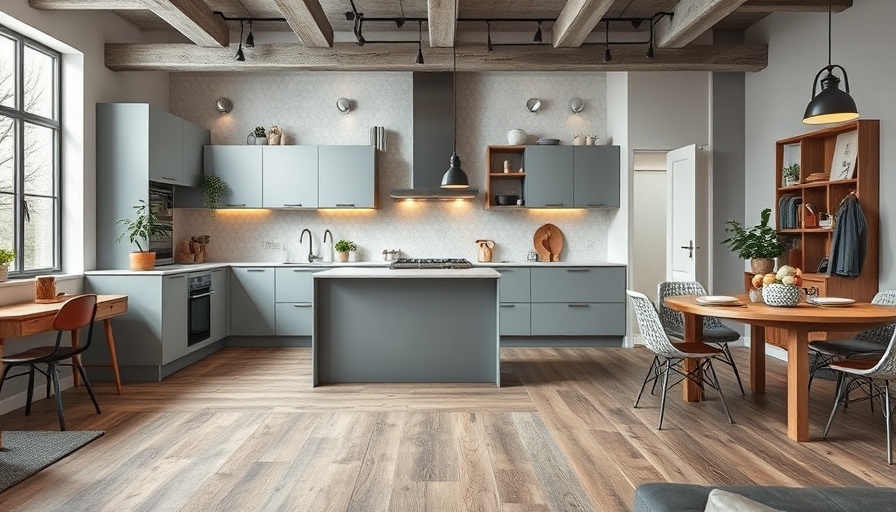
Transforming Your Kitchen: Creative Tile to Wood Floor Transitions
If you’re considering a kitchen renovation, one aspect that often gets overlooked is the transition between different types of flooring. Combining tile and wood floors can enhance aesthetics and functionality, but executing the transition perfectly requires creativity. In this article, we’ll explore creative kitchen tile to wood floor transition ideas that seamlessly blend these two materials and elevate your kitchen design.
Understanding Kitchen Floor Transitions
Before diving into ideas, let's clarify what a kitchen floor transition is. A transition is the area where two distinct flooring types meet—such as tile and hardwood—and it serves both a functional and aesthetic role. A well-thought-out transition not only provides a smooth flow between spaces but also enhances overall décor. Enhancing the transition can prevent trip hazards and minimize wear on floor edges.
Classic Straight Line: Timeless and Simple
The straight line transition remains one of the most popular and classic choices. By simply aligning the edges of wood and tile floors, homeowners can create a clean, sophisticated distinction that highlights both materials. This minimalist approach works beautifully in contemporary settings and allows for a streamlined look that contributes to a harmonious design.
Curved Transitions: A Soft and Elegant Statement
For those looking to introduce warmth and elegance into their kitchens, a curved transition may be the answer. This method involves gently curving the tile to meet the wood floor, creating an organic and inviting feel. The fluid lines of a curved transition help to soften the divide between spaces, making for a more welcoming environment.
Bold Mosaic Patterns: Adding Artistic Flair
For the artistically inclined homeowner, adding a mosaic tile transition can act as a stunning focal point in the kitchen. This transition style allows you to incorporate various tile colors and shapes, making the boundary between wood and tile both exciting and visually dynamic. Consider creating a unique pattern that reflects your personal style and can serve as a conversation starter.
The Zigzag Transition: Dynamic and Energetic
If you want your kitchen floors to evoke a sense of movement, the zigzag pattern is an excellent choice. This bold approach employs angled cuts and vibrant tile colors to create a dynamic effect that draws the eye. However, keep in mind that intricate patterns may require skilled craftsmanship to ensure precision during installation.
Mixing Materials: The Charm of Hybrid Designs
Of course, one of the most exciting options is the mixed material transition. By incorporating various elements—such as brass strips or different colors of tiles—you can create an eye-catching transition that uniquely represents your style. Such designs allow homeowners to play with texture, making for memorable and individual floor transitions.
Practical Tips: Ensuring a Flawless Transition
When embarking on this journey of transforming your kitchen floors, keep a few best practices in mind:
- Color Coordination: Pair colors that complement each other to create a seamless aesthetic.
- Texture Matching: Mismatched textures can disrupt flow; try to use materials with similar finishes.
- Safety First: Ensure that the floors are level to prevent tripping and to maintain a clean look.
Conclusion: Elevate Your Space
With these innovative kitchen tile to wood floor transition ideas, you can enhance your kitchen's functionality and style. Whether you choose a classic approach or opt for bold designs, the transition area can be a stunning highlight of your space. To help you get started, consider reaching out for design assistance tailored to your unique vision. Your dream kitchen awaits!
 Add Row
Add Row  Add
Add 


 Add Row
Add Row  Add
Add 

Write A Comment